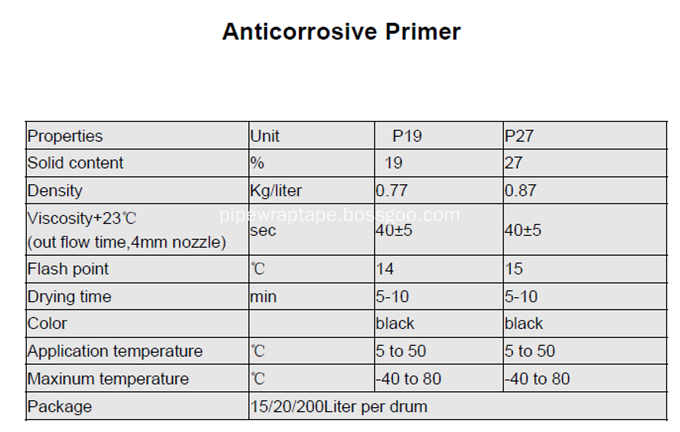Eggplant verticillium usually begins to show symptoms after fruit setting, and develops from bottom to top or from side to whole. The leaves begin to turn yellow at the leaf margin and veins, and then develop to half and the whole leaf turns yellow. In the later stage, the diseased leaves turn from yellow to brown, and eventually fall to the wilting and fall off. Fusarium wilt will develop from the seedling stage to the adult harvest stage. The leaves of the diseased plants turn yellow and withered from bottom to top. Root rot occurs mostly after colonization. During the initial onset, the leaves are wilting during the day, and can be restored sooner or later. After repeated days, the leaves turn yellow and dry. In the early stage of the bacterial wilt, only one or a few leaves on the individual branches became lighter, showing partial sag, then spreading to the whole plant and finally turning brown. These are all soil-borne diseases. Chemical control: early use of eggplant verticillium wilt, wilt disease and root rot. Root rotin 40% wettable powder 800-1000 times liquid or carbendazim 50% wettable powder 500-800 times rooting, bacterial wilt Jia Daning or lycopene or chlorosis roots. Eggplant plague is beneficial to high temperature and high humidity, continuous cropping, and low waterlogging. It is mainly harmful to fruits, causing a large number of rotten fruits. In the early stage of the disease, the lesions are water-stained and round, and rapidly spread to the whole fruit. The lesions are brown or dark brown, gradually shrinking and softening. When the humidity is high, the disease minister is full of hairy white hyphae, and finally the diseased fruit rots or becomes a stiff fruit. Chemical control: In the early stage of the disease, 25% metalaxyl 800 times liquid, or 58% metalaxyl manganese zinc 500 times liquid, or Plex 700 times liquid can be used, and sprayed once every 7 days for 3-4 consecutive times. Eggplant brown streak disease is easy to occur under the condition of high temperature and high humidity. The incidence of the field is mostly from the bottom layer, and the pale water-stained small spots are formed at the beginning, and then turned into brown round lesions. In the later stage, it became an irregular large lesion with a dark brown edge. The lesions were connected in a single piece, ruptured and perforated, and finally the leaves withered and died. The lesions of the fruit are round or elliptical, and the diseased part is slightly concave and brown, and concentric circles appear. The inside of the diseased fruit is spongy. The lesions are further extended to the entire fruit, often causing fruit drop. Chemical control: In the initial stage of the disease, 75% chlorothalonil 800 times solution, or 701% mancozeb 500 times solution, or 70% methyl thiophanate 800 times solution spray, spray once every 5-7 days, continuous 3-4 Times. More pesticide knowledge , please pay attention to China Pesticide Network
â… Description:
Anticorrosive Primer consist of a mixture of butyl rubber and synthetic compound and a solvent-gasoline. The Liquid adhesive is quickly drying applied to the appropriately prepared pipe surface before application of inner layer tape. The function of Liquid adhesive is to provide a bonding medium between the pipe surface and the inner layer tape. It is suitable for hand brush or machine spray application. It can be applied by hand or machine.
Hand-application : app. 0,2 litre/m² pipe surface
Machine application: app. 0,1 litre/m² pipe surface
â…¡Features:
Heavy duty adhesive
Quick Dry
Conformable to irregular pipe
Compatible with general coating system
â…¢ Technical Datas:
Anti-corrosive Primer, Pipe Line Anti-corrosive Primer, Corrosion Protection Primer, Good Price and Competitive Primer Jining Xunda Pipe Coating Materials Co.,Ltd , http://www.pipe-wrap.com

